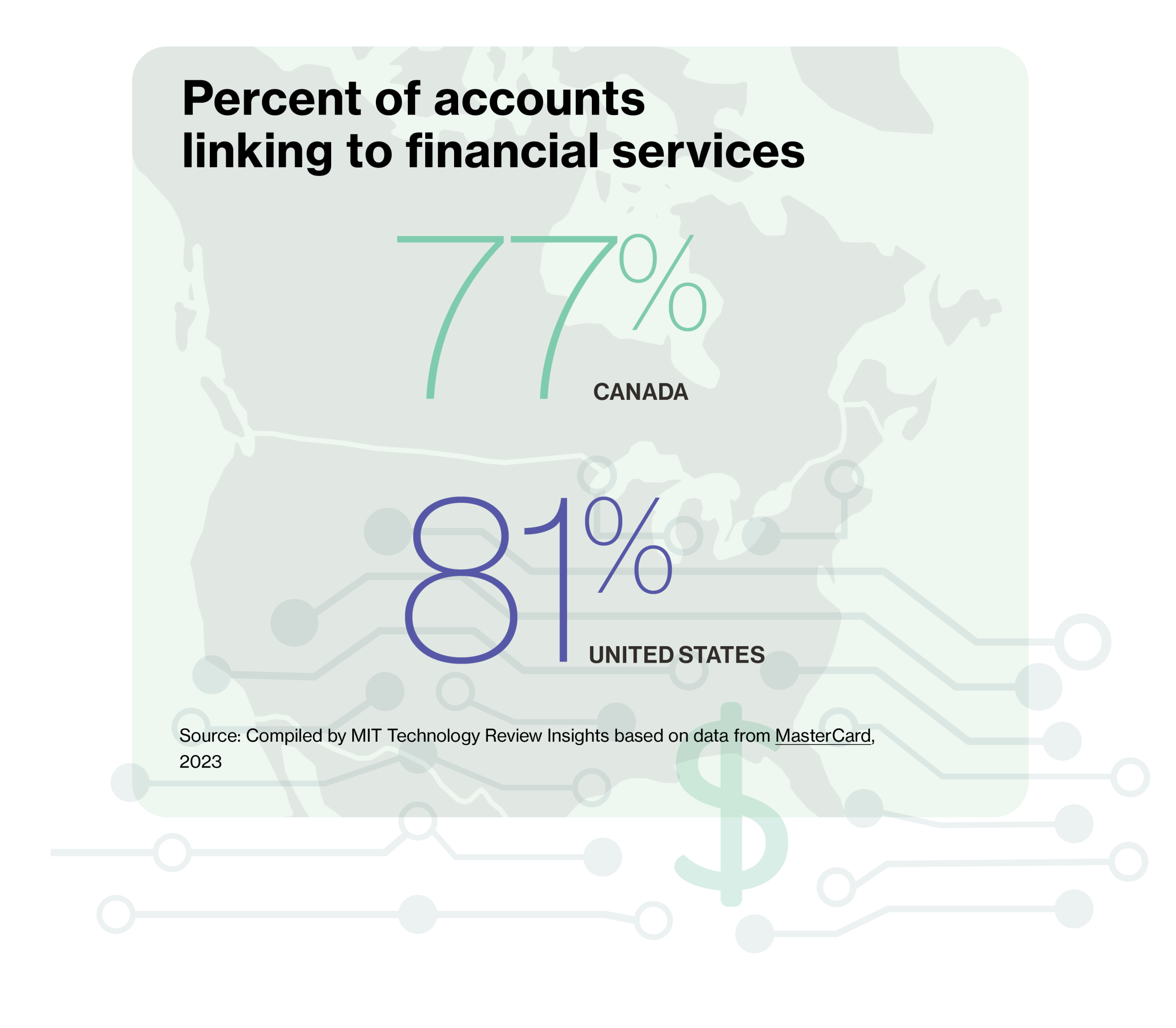Inclusive monetary services
For numerous, access to monetary services like credit is vital for autonomy and financial liberty. Nevertheless, the credit system’s stiff classifications and controls overlook some customers. According to a TransUnion 2022 worldwide research study, 8.1 million individuals in the U.S. (3% of grownups) are thought about credit unserved, and another 37 million are thought about credit underserved (14% of grownups); in Canada, 9.6 million individuals are either credit unserved or underserved, more than 30% of grownups.

Systems that assess customer information can be stuffed with predispositions. In the UK, the Financial Conduct Authority (FCA) discovered private credit info is substantially various throughout its 3 big credit referral companies (CRAs). It reports fairly low understanding about credit amongst customers, and discovered it is challenging to gain access to credit info, or to raise conflicts.
Likewise, a 2015 U.S. Customer Financial Defense Bureau (CFPB) research study took a look at “credit invisibles”– people without any credit or a restricted credit rating who are less most likely to be authorized for loans based upon the information offered by the 3 across the country credit reporting companies (NCRAs). The CFPB concludes this predisposition disproportionately impacts Black and Hispanic monetary customers.

Immigrants come across predisposition in credit report estimations too. Raja Chakravorti, universal gain access to lead at monetary services business Plaid, states Fair Isaac Corp-oration (FICO) rating estimations do not regularly pull information correctly throughout borders, something he hopes open financing can assist repair. “Among the hopes and benefits of open banking or open financing is that we are producing more of that favorable trajectory, and gradually, monetary services would end up being more inclusive,” he states.
Chakravorti states standard credit bureau information is not the only method to discover whether a customer is an excellent monetary threat. Alternate information– such as financial investments, loans, energy payments, and membership payments– can reveal an individual’s monetary habits and likewise show monetary health, he states. How a customer handles individual financial resources, like paying costs on time and regularly, can demonstrate how most likely they are to fulfill monetary obligations, he states.
This material was produced by Insights, the customized material arm of MIT Innovation Evaluation. It was not composed by MIT Innovation Evaluation’s editorial personnel.